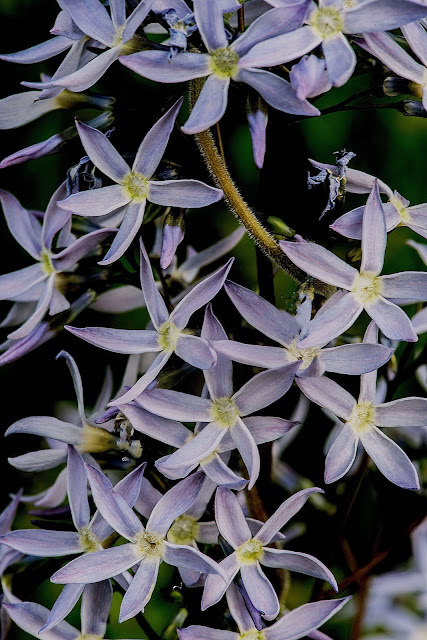Wednesday's Wildflower: Star Anise & Florida Anise

Illicium spp., Anise submitted by Tom Palmer, Heartland Chapter Florida has two native species of anise that look quite different and are found in very different regions of the state. Both bloom in spring. Star Anise Star Anise, Illicium parviflorum , Photo by Tom Palmer The Yellow Anise Tree/Star Anise, Illicium parviflorum , is found in hydric hammocks in a handful of Central Florida counties from Marion to Polk. It reportedly once occurred in Georgia, but has been extirpated. While classified as endangered in Florida, it is locally common in places such as the Marion Creek Basin in northeast Polk County.The type specimen was collected in 1799 in Marion County.



